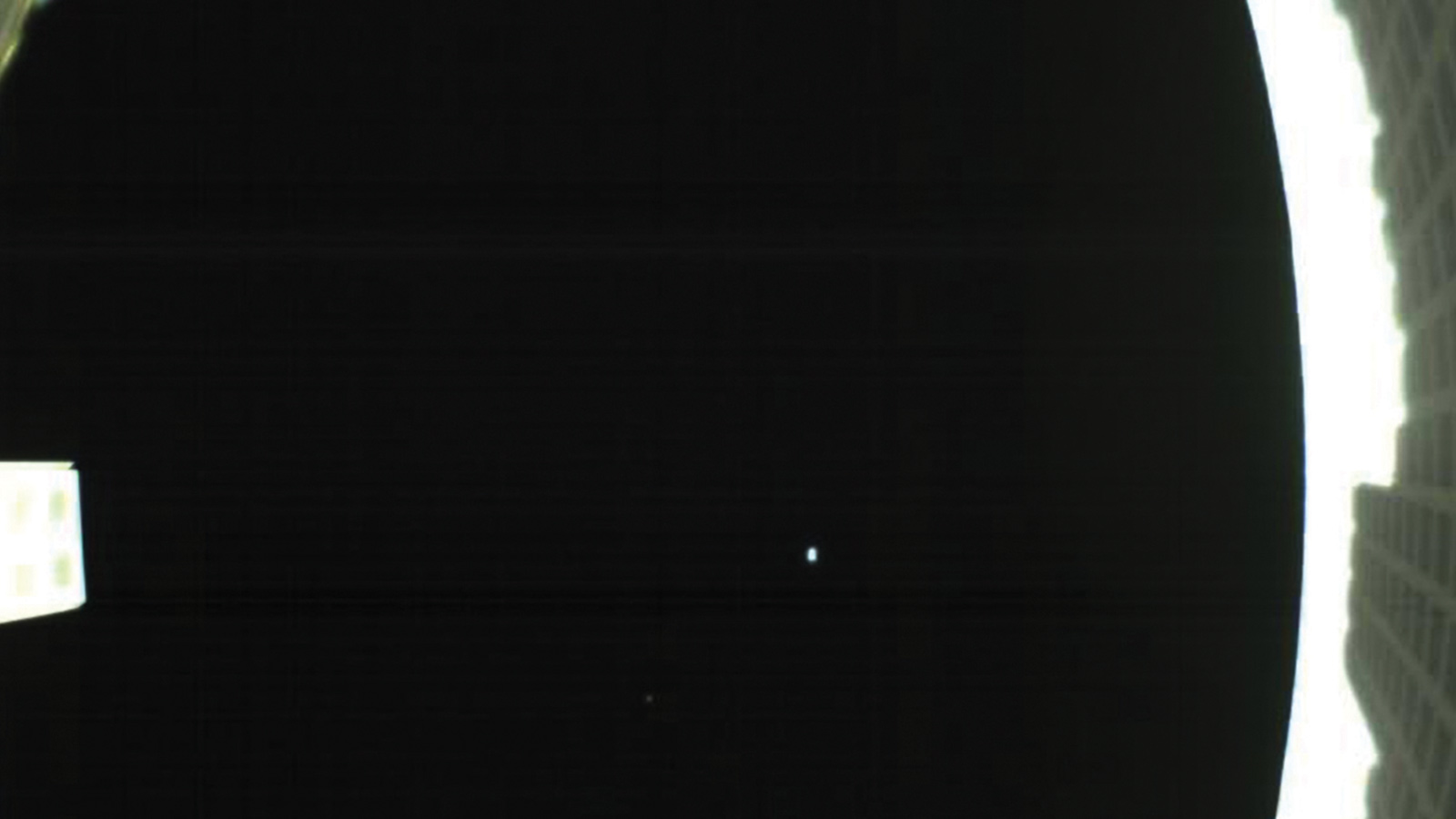Stay Up to Date
Submit your email address to receive the latest industry and Aerospace America news.
The Small Satellite Technical Committee works to advance the science and engineering of satellites, launch vehicles and ground systems to enable the development of small and highly capable spacecraft.
The small satellite community saw many developments this year, including proposed rules at the Federal Communications Commission to support streamlined frequency licensing; the launch of the first interplanetary cubesats, which were en route to Mars; the inflight demonstration of an optical communication link; and the demonstration of arcsecond level pointing on a cubesat thus enabling cutting-edge astrophysics from a small satellite platform.
Given the rapid growth of small satellite applications over the past decade, the FCC issued a Notice of Proposed Rulemaking in April titled “Streamlining Licensing Procedures for Small Satellites.” This process has received significant attention along with official comments from a range of satellite service providers, the Commercial Satellite Spectrum Management Association and a consortium of universities. There is a broad community consensus that a streamlined frequency licensing process will benefit all small satellite operators.
Although NASA is developing more than a dozen interplanetary small satellites, its Mars Cube One (twin 6U cube satellites) can claim to be the first to travel beyond Earth orbit. Free flying alongside the Mars InSight lander, Mars Cube One will serve as the real-time communications relay back to Earth during InSight’s crucial entry, descent and landing on the red planet. Mars Cube One had a planned Nov. 26 flyby, but “B” made history of sorts May 9, capturing an iconic picture of the Earth and moon akin to the famous “Pale Blue Dot” image acquired by Voyager 1. While the cubesat’s image was from a distance of 1 million kilometers, it was at that time already the farthest a cube satellite had traveled into space. Thirteen additional cubesats are expected to be deployed into lunar orbit from the Space Launch System in June 2020.
It has been nearly 20 years since optical communications were first demonstrated between large satellites and from satellite to ground. Until a few years ago, the power and fine pointing control required put this high bandwidth communication method beyond the reach of small satellites. Developments this year proved that is no longer the case. In April, the Aerospace Corp. in collaboration with NASA succeeded with the first laser communications between cube satellites with the Optical Communications and Sensor Demonstration. The demonstration achieved 100 megabits per second, a 50-times increase over similarly sized radio frequency communications, between the co-orbiting AeroCube-7B and -7C. The 1.5U spacecraft had a pointing accuracy of 0.025 degrees, a 40-fold improvement over previous cube satellite benchmarks, by incorporating tiny star trackers.
In a similar vein, 2018 became the year the potential for small satellites as tools for astrophysicists was conclusively demonstrated. The Arcsecond Space Telescope Enabling Research in Astrophysics, or ASTERIA, built and flown collaboratively by NASA’s Jet Propulsion Laboratory and the Massachusetts Institute of Technology, won the Small Satellite Mission of the Year Award on Aug. 9 at the 32nd annual Small Satellite Conference. ASTERIA’s science mission of measuring the brightness of stars by precisely staring at them for long periods is done easily by large satellites. However, ASTERIA broke new ground in engineering by miniaturizing optical and thermal sensor fine positioning controls to fit within the size, weight and power constraints of a 6U cube satellite. In February, ASTERIA demonstrated better than 0.5 arcsecond root-mean-square pointing stability over 20 minutes. Among other applications, future small satellite missions will be able to use this technology to assist in identifying exoplanets transiting other stars.
Contributor: Scott Palo
Image: The first image from one of NASA’s Mars Cube One cubesats shows the cubesat’s unfolded high-gain antenna at right and the Earth, the bright dot. Credit: NASA
Stay Up to Date
Submit your email address to receive the latest industry and Aerospace America news.




